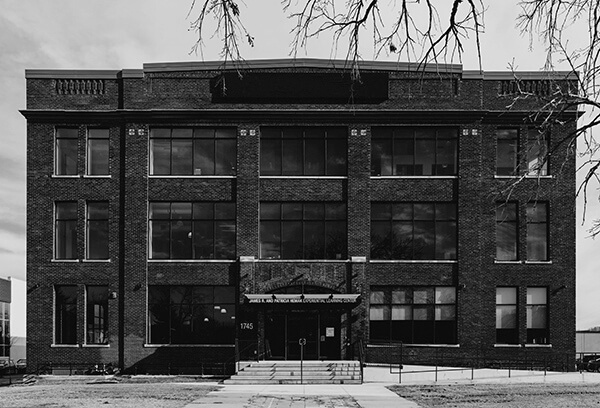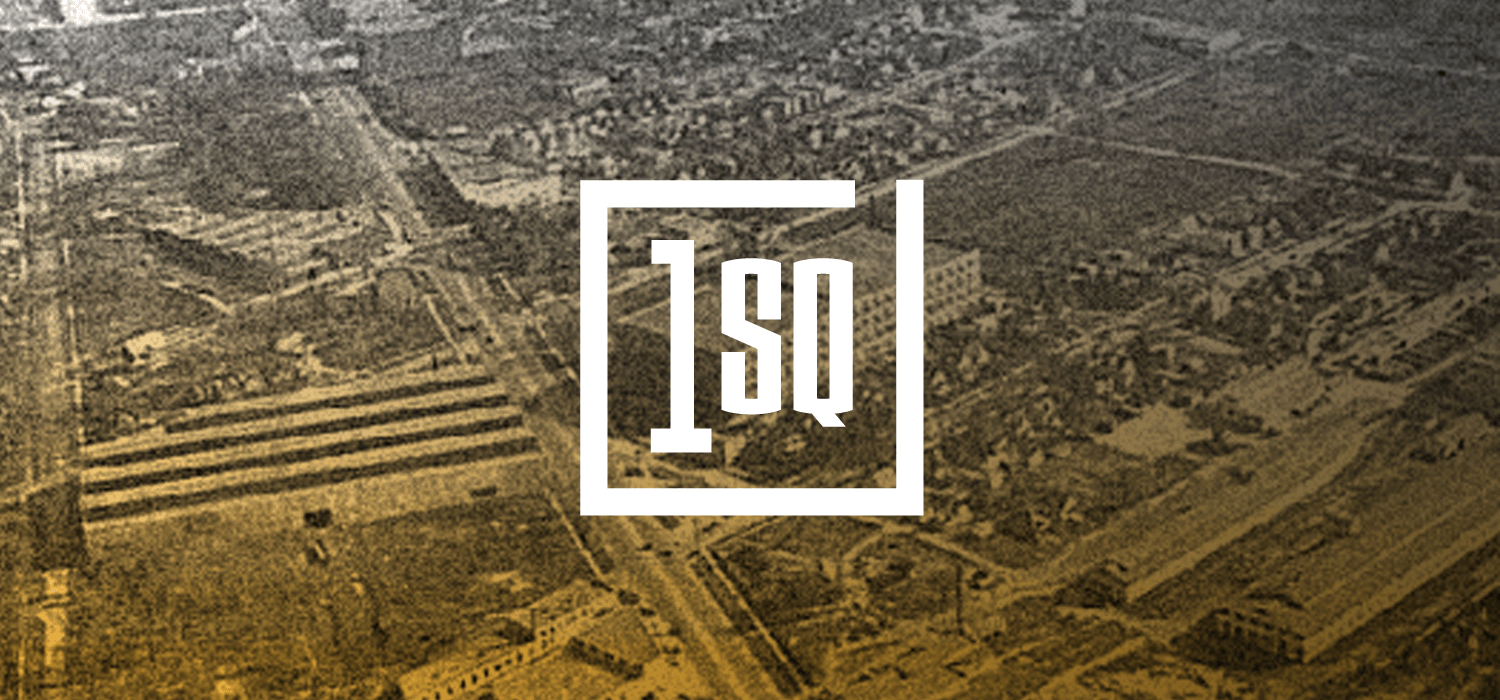Less than half a mile east of the 1919 Building is Junior Achievement of the Upper Midwest’s new facility.

The 100-year-old building is the organization’s new headquarters and plays host to groups of giddy k-12 students on a daily basis.
The James R. and Patricia Hemak Experimental Learning Center is twice as big as Junior Achievement’s original home in Maplewood and allows the organization to double the number of students served by its on-site programs.
Junior Achievement provides age-appropriate curricula for k-12 students from across the region, serving students in Minnesota, North Dakota and western Wisconsin.
The organization, a local arm of Junior Achievement’s national program, offers hands-on education for students that focuses primarily on personal finance, entrepreneurship and work readiness.
Junior Achievement’s new location houses two experiential learning labs where students run their own businesses, create governments and engage in a simulated economy.
“Students actually run the simulated economy as citizens, consumers and workers,” said Junior Achievement of the Upper Midwest CEO Gina Blayney of JA Biztown.
“It brings relevance to those basic skills that are being taught in fifth and sixth grade.”
The location’s third floor houses JA Finance Park, a simulation lab for middle and high-school students that guides them in making 18 different budgetary decisions ranging from saving money for clothes and entertainment to purchasing a house.
Junior Achievement has also developed an “innovation incubator” on the location’s lower level. The first of its kind in the country, the incubator supports high school students with entrepreneurial proposals who want to showcase and develop their ideas in the Twin Cities.
Junior Achievement works with more than 165,000 students each year, more than 61,000 of which are economically disadvantaged. Its new, centrally-located facility on University Avenue will allow the organization to reach more students each year.
“This increases our ability to program very differently and transition the organization into being an out-of-school provider while continuing the important work we’re doing during the school day,” said Blayney.
Read about the other organizations and their impact, by clicking the icons below:



